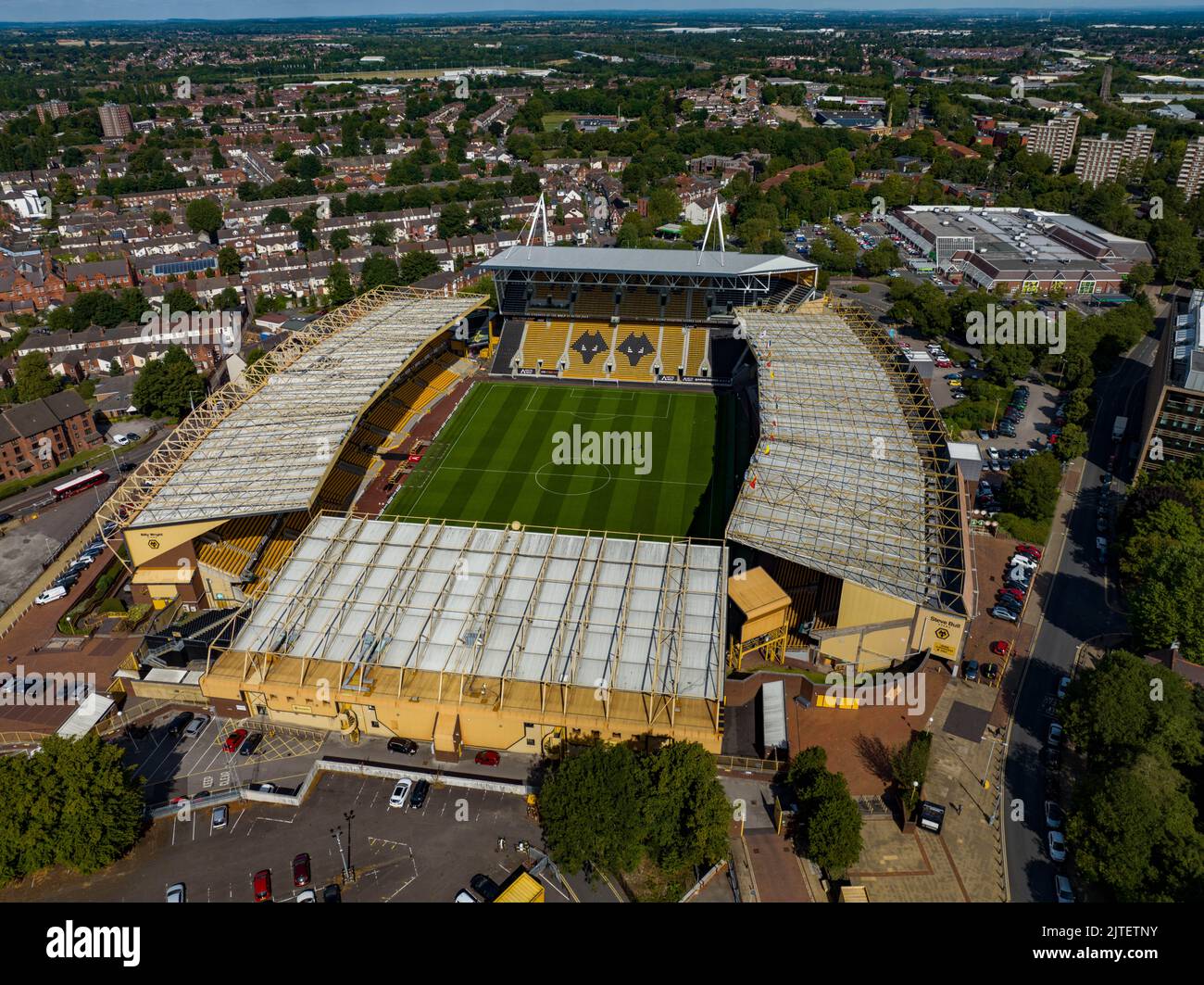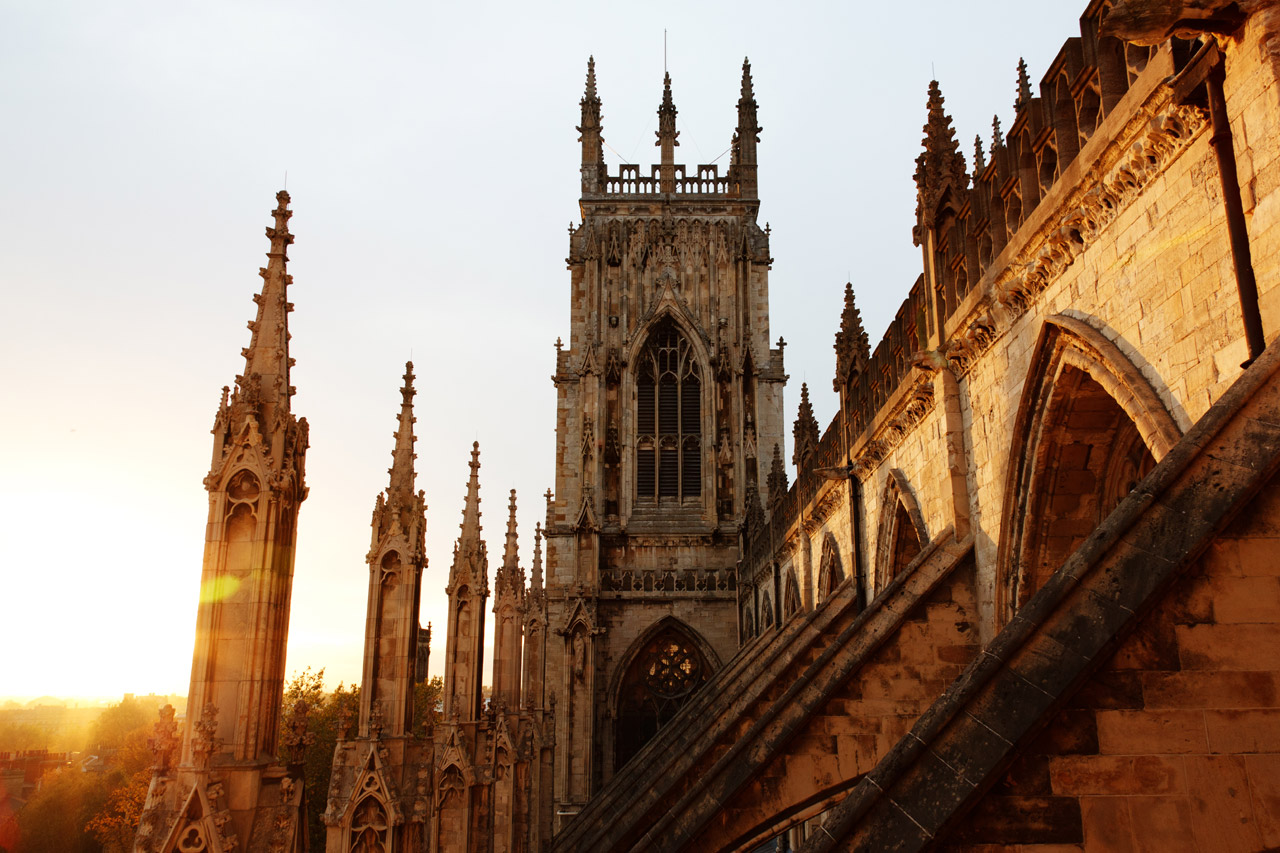
Introduction to Sevilla
Sevilla, the capital of Andalusia in southern Spain, is renowned for its rich history, stunning architecture, vibrant culture, and festivals that attract millions of visitors each year. As a major cultural hub, Sevilla is not only famous for its flamenco dancing but also for its historic sites that are classified as UNESCO World Heritage Sites. This article delves into the significance of Sevilla and the reasons why it remains a pivotal destination for tourists and history enthusiasts alike.
Historical Significance
Sevilla’s history dates back to Roman times when it was known as Hispalis. The city has witnessed a blend of diverse cultures, including Roman, Islamic, and Christian influences, which is evident in its architecture and urban landscape. Key landmarks such as the magnificent Sevilla Cathedral, the Giralda Tower, and the stunning Alcázar of Sevilla exemplify this rich historical tapestry. The Alcázar, originally developed as a Moorish fort, showcases intricate tile work and lush gardens, making it one of the most visited monuments in Spain.
Cultural Highlights
The city is also famous for its festivals, particularly the Semana Santa (Holy Week) and the Feria de Abril (April Fair). Semana Santa features processions held throughout the city with breathtaking floats and traditional music that showcase Spain’s deep-rooted religious customs. The Feria de Abril celebrates the joy of Andalusian culture, with local people donning traditional attire, enjoying tapas, and dancing in the streets.
Modern Sevilla
In recent years, Sevilla has modernised, impressively blending contemporary innovations with its historic essence. Architectural marvels such as the Metropol Parasol, a wooden structure located in the old quarter, offer a glimpse into Sevilla’s modern architectural endeavours while providing a space for social gatherings and activities. Additionally, Sevilla’s culinary scene has evolved, embracing both traditional Andalusian dishes and contemporary gastronomic trends, earning it a spot on the map for food enthusiasts.
Conclusion
Sevilla stands as a testament to the harmonious coexistence of history and modernity. The city’s ability to preserve its cultural heritage while embracing contemporary life continues to attract visitors from around the world. As tourism rebounds post-pandemic, Sevilla’s significance as a cultural and historical destination is set to flourish. For those seeking to immerse themselves in an enriching travel experience, Sevilla offers a unique blend of sights, sounds, and flavours that make it a must-visit location in Spain.
You may also like

Exploring Monmouth: History, Attractions and Community

Exploring Wolverhampton: A Gateway to Culture and History
